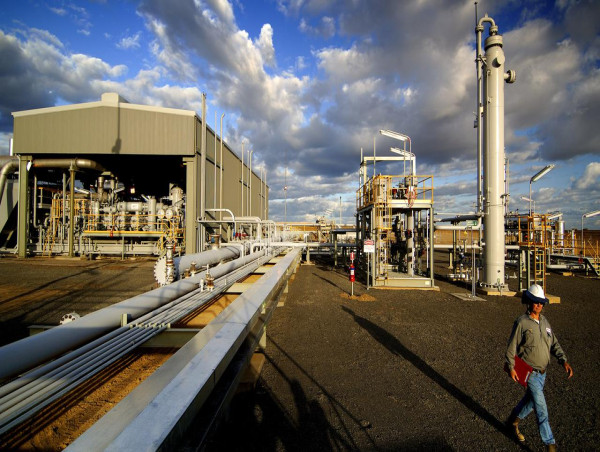Risks remain for Australia's winter gas supply in the southern states, according to the latest official forecasts.
The Australian Energy Market Operator (AEMO) has released an update that calls for urgent investment to ensure supply, with all future scenarios forecasting long-term demand for additional gas.
The 2023 gas report released on Thursday anticipates gas production will meet customer demand in central and eastern Australia.
But it says supply risks remain in the southern states as gas production declines, particularly in Victoria where production is forecast to almost halve by 2027.
It will be important for production from liquefied natural gas (LNG) exporters, in excess of existing export contracts, to be available.
"The risk of supply gaps increases if excess northern production is exported as spot cargoes rather than used to meet domestic demand," the operator said in its report.
From 2026, without additional commitments to expand domestic supply, or hydrogen or biomethane coming online as an alternative, gas contracted for export by Queensland LNG producers may need to be used to maintain domestic gas adequacy.
Australia's energy ministers have already extended the market operator's powers to tackle immediate east coast supply shortfalls.
Taking effect for winter 2023, these new powers are intended to secure the gas and electricity markets and protect domestic gas consumers.
The Australian Domestic Gas Security Mechanism and heads of agreement between the federal government and LNG producers are tipped to be important for domestic supply.
The objective of the mechanism is to ensure there is enough gas to meet the needs of consumers by - if necessary - controlling LNG exports.
"Existing instruments, such as the heads of agreement with LNG exporters, which includes the gas supply guarantee, to offer additional gas into the east coast domestic market in 2023 will help in managing supply adequacy," AEMO chief executive Daniel Westerman said.
The latest forecast found gas-powered generation will play a critical role to maintain reliability in the national electricity market, especially during peak demand in winter.
Gas plants are forecast to support renewable generation as at least five coal plants are forecast to close in the next decade, accounting for 13 per cent of the electricity market's capacity.
An additional 2000 megawatts of new wind and grid-scale solar generation and battery storage has been added in the 12 months to February 2023.
Mr Westerman said this will help offset known winter generation gaps, including Queensland's trouble-plagued Callide C coal-fired power plant, and the retirement of the NSW Liddell Power Station next month.
But there is uncertainty over how quickly consumers will shift their energy preferences away from gas.
Electrification forecasts have been lowered to reflect a slower rate of fuel-switching than expected in homes and businesses.
Strong policy incentives and industry investment are recommended in the report to get the level of electrification required by governments.






